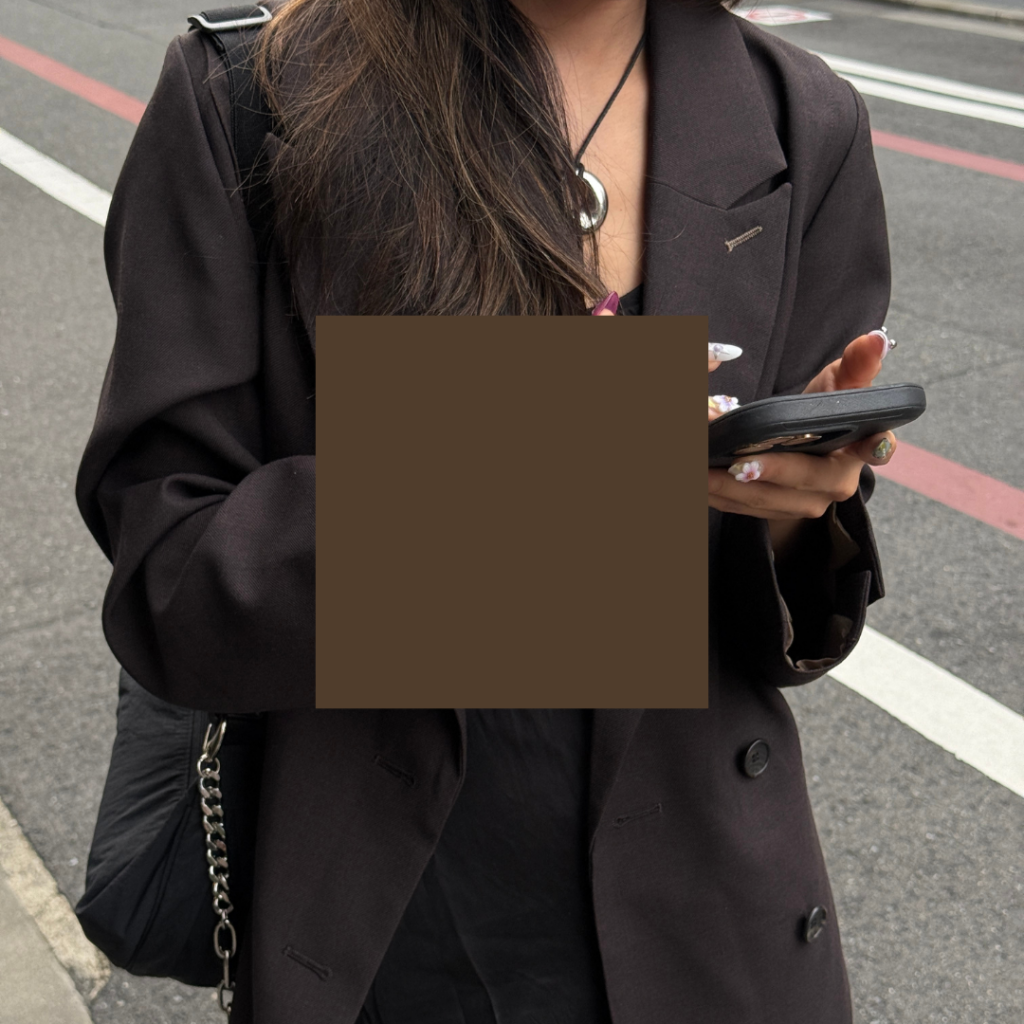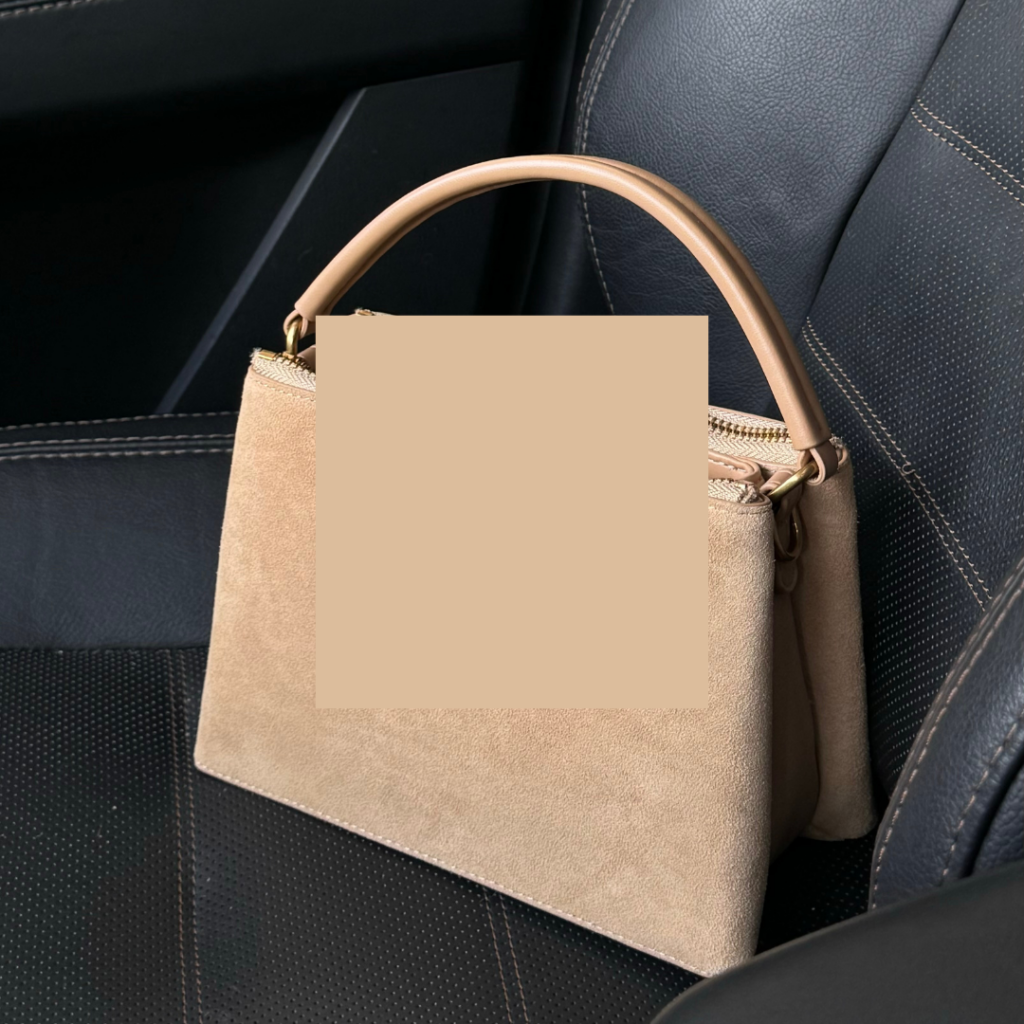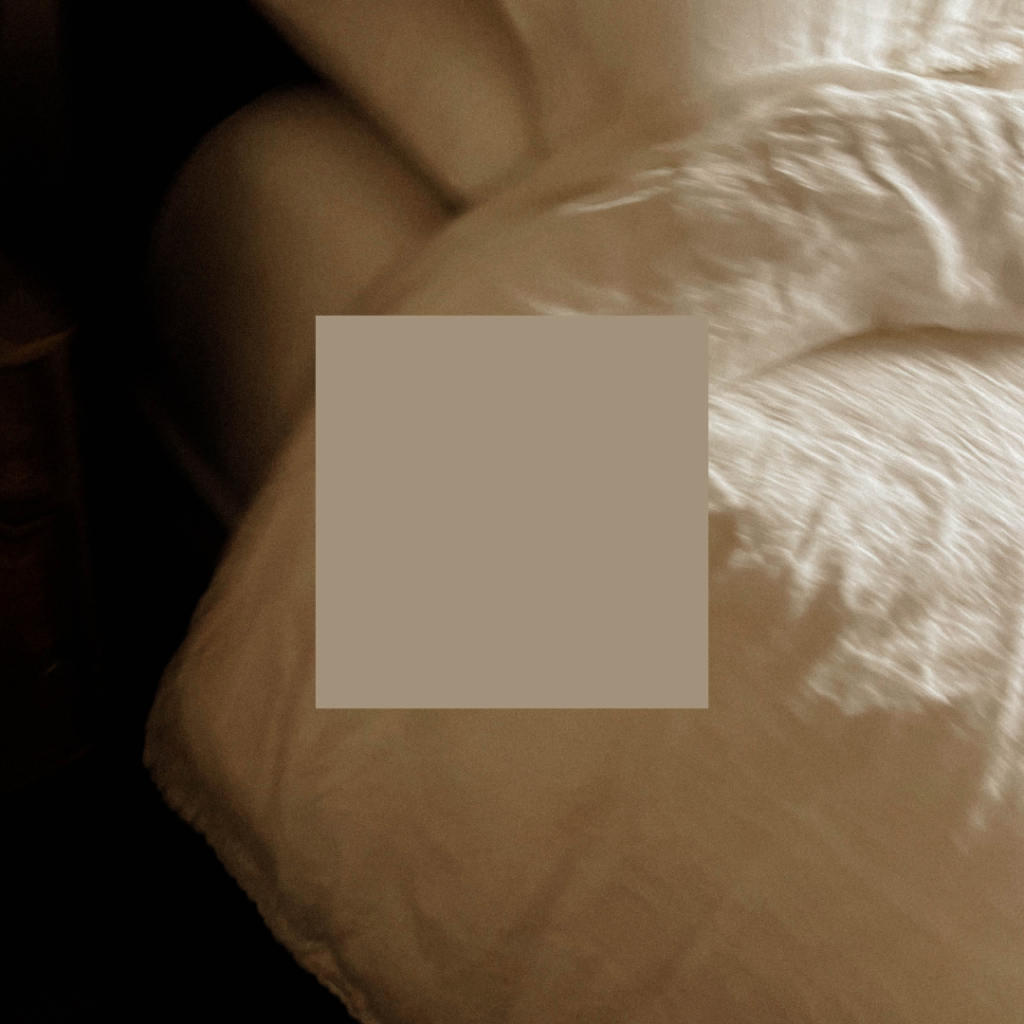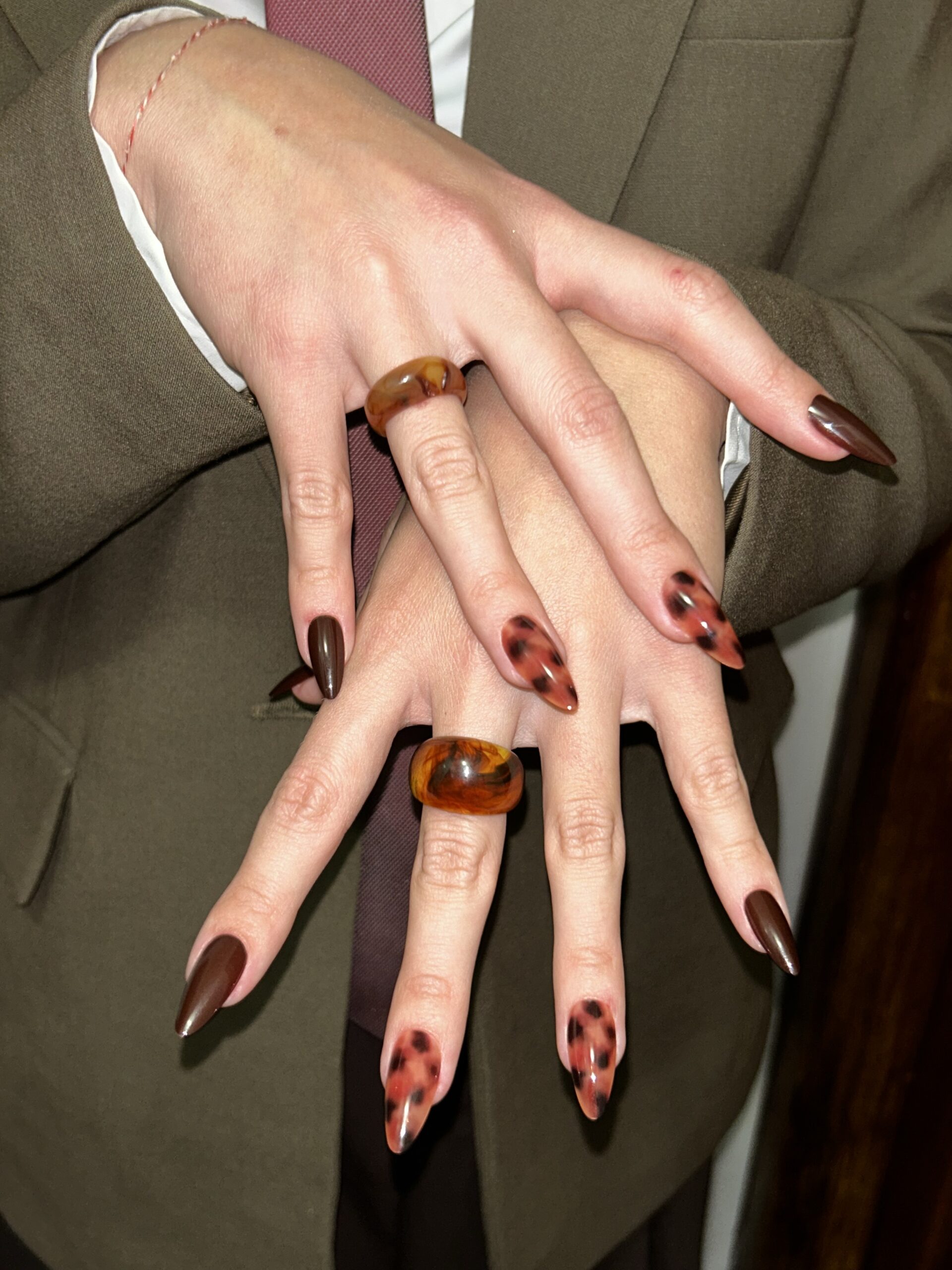Color Psychology in Branding: The Grounded Authenticity of Brown
Brown occupies a unique position in the color spectrum—ubiquitous in the natural world yet often overlooked in brand palettes. Its earthy presence and organic associations have allowed it to represent everything from rugged durability to artisanal craftsmanship to comforting reliability.
When strategically implemented, brown conveys authenticity, natural quality, and reassuring stability. When misapplied, it risks appearing mundane, unrefined, or excessively traditional. Mastering this grounded tone requires understanding its profound connection to earth, craft traditions, and the growing contemporary appreciation for organic authenticity.
Let’s explore brown’s distinctive psychological impact, its multifaceted historical significance, its remarkable versatility in applications, and determine whether this honest, down-to-earth color deserves prominence in your brand palette.
A Brief History of Brown
Brown’s cultural journey reflects humanity’s evolving relationship with nature, craft, and authenticity.
From earliest times, brown represented accessibility and practicality. As Kassia St. Clair notes in “The Secret Lives of Color,” brown pigments derived from earth, clay, and plant materials were among the first colors used by humans in cave paintings—their abundance making them practical tools for early artistic expression. Unlike rare purples or precious gold, brown was democratically available to all.
Classical cultures often viewed brown with ambivalence. While recognizing its practical applications, societies that prized vivid color sometimes regarded brown as common or unremarkable. However, St. Clair observes that Roman culture developed sophisticated brown earth pigments like “terra pozzuoli” for architectural applications, establishing brown’s connection to enduring construction and stability.
Medieval European craft traditions elevated certain browns to prestigious status.
Oak gall ink—a deep, rich brown-black—became the standard writing medium for important documents and manuscripts. As St. Clair details, this remarkable substance, made from oak tree growths, created permanent marks that have endured for centuries, establishing brown’s associations with permanence and historical authenticity.
The Renaissance and Baroque periods witnessed the development of sophisticated brown applications in art. The complex transparent brown glazes of Rembrandt created psychological depth and dramatic focus, while umber earth pigments became essential tools for creating realistic human forms. These artistic applications developed brown’s connection to depth, complexity, and natural authenticity.
The Industrial Revolution transformed brown’s cultural position. As machine-made products favored bright, consistent colors, brown retained associations with traditional craft and natural materials. Simultaneously, work clothes and practical goods embraced brown for its ability to conceal dirt and wear—creating lasting associations with durability and practicality.
The 20th century witnessed brown’s varied cultural journey. Mid-century periods sometimes rejected brown as old-fashioned, while the 1970s embraced earthy browns as part of environmental consciousness and natural living movements. As St. Clair notes, the 1970s “Whole Earth” aesthetic made brown a symbolic rejection of synthetic, chemical modernity—a pattern that resonates in contemporary sustainability-focused branding.
Contemporary branding has rediscovered brown’s powerful authenticity signals, employing it to represent everything from artisanal craft (specialty coffee) to rugged performance (UPS) to natural quality (Burt’s Bees). This renewed appreciation stems from cultural interest in authenticity, sustainability, and craft values.
The Psychology of Brown
Brown creates a distinctive psychological impact—projecting stability, authenticity, and natural reliability. Its visual weight suggests both literal groundedness and metaphorical trustworthiness.
Brown evokes:
- Authenticity and naturalness – Creating perceptions of organic quality and honest ingredients
- Reliability and durability – Suggesting dependable performance and practical longevity
- Warmth and comfort – Conveying approachable reassurance and unpretentious welcome
- Craftsmanship and tradition – Creating associations with skilled making and time-tested methods
However, brown can also convey:
- Conventionality or lack of imagination if employed generically without strategic intent
- Heaviness or excessive traditionalism when not balanced with forward-looking elements
- Rustic informality that may not align with sophisticated positioning goals
Psychology of Brown Shades and Applications
Unlike synthetic colors, brown’s psychological impact varies dramatically across its natural spectrum from warm chocolates to cool taupes.

Rich Chocolate Brown
Deep, warm brown suggesting indulgent quality and comfortable luxury.
- Personality: Indulgent, substantial, sensory, comforting
- Ideal for: Gourmet food, premium coffee, leather goods, traditional hospitality
Light Tan/Beige
Subtle brown creating natural sophistication and accessible premium impressions.
- Personality: Refined, approachable, quietly confident, versatile
- Ideal for: Upscale natural products, sustainable fashion, accessible luxury, wellness brands


Warm Terracotta
Reddish-brown suggesting artisanal craft and Mediterranean authenticity.
- Personality: Artisanal, expressive, heritage-connected, sun-warmed
- Ideal for: Craft products, pottery, Mediterranean foods, traditional techniques
Cool Taupe
Sophisticated grayish-brown suggesting contemporary natural elegance.
- Personality: Modern, architecturally sophisticated, urban natural, contemporary
- Ideal for: Modern home goods, architectural firms, contemporary natural fashion, urban lifestyle

Brown as Primary vs. Accent Color
Brown as Dominant Color
Bold commitment to natural authenticity and grounded reliability.
- Personality: Confidently authentic, unapologetically natural, heritage-embracing
- Ideal for: Natural products, craft-based brands, outdoor performance, heritage services
Brown as Accent
Strategic brown elements creating moments of warmth and authentic connection.
- Personality: Selectively natural, thoughtfully grounded, warmly human
- Ideal for: Premium services seeking approachability, contemporary brands adding heritage dimension, technology seeking human connection
Brown’s Strategic Advantage (and Potential Limitation)
Brown’s primary branding advantage lies in its immediate signal of authenticity and natural quality. In an era where consumers increasingly value transparency and organic materials, brown creates instant associations with these desired attributes—establishing clear differentiation from synthetic-seeming competitors.
This exceptional authenticity association provides brands opportunity to build powerful trust relationships—creating expectations of honest quality when applied with appropriate sophistication. Brown’s natural associations also transfer positive emotional responses related to environmental consciousness and artisanal appreciation.
However, brown’s distinctive character creates specific challenges. Its traditional associations can sometimes create perceptions of conventionality or lack of innovation, requiring careful balance with more forward-looking elements when targeting contemporary audiences. Additionally, brown can sometimes appear visually recessive in competitive retail environments where brighter colors dominate attention.
What Types of Brands Should Use Brown?
Brown is perfect for brands that want to appear:
- Authentically natural – Organic products, natural ingredients, sustainable materials
- Reliably durable – Outdoor equipment, work gear, performance tools, delivery services
- Warmly approachable – Comfort foods, traditional services, hospitality brands
- Craft-focused – Artisanal products, handmade goods, traditional techniques, wood products
But it may not suit your brand if:
- Technological innovation and cutting-edge advancement define your positioning
- Vibrant energy and youthful excitement represent your core brand promise
- Clinical precision and scientific advancement form your primary attributes
Notable Brands That Use Brown (And Why It Works)
UPS
The logistics company embraces “Pullman Brown” as their signature color, creating immediate recognition while signaling reliable service and sturdy dependability. This authentic application connects to actual work values while differentiating from competitors using more technological color schemes.
Nespresso
The coffee brand employs sophisticated brown tones to connect their technologically advanced capsules to traditional coffee culture and natural bean quality. This thoughtful application bridges modern convenience with authentic coffee experience—perfect brand alignment.
Louis Vuitton
The luxury fashion house’s signature brown monogram pattern connects contemporary luxury to authentic heritage craftsmanship. This iconic application creates immediate recognition while grounding their fashion authority in historic trunk-making tradition.
Burt’s Bees
The natural personal care brand consistently applies warm brown across packaging to signal authentic, natural ingredients and honest brand values. This strategic use differentiates from synthetic-appearing competitors while creating immediate shelf recognition.
Timberland
The footwear and apparel brand centers their identity on their iconic “wheat” brown boots, signaling outdoor performance and durable quality. This focused color ownership has created powerful brand recognition that extends beyond their products to their entire identity.
Should Your Brand Use Brown?
If your brand seeks to convey authentic naturalness, reliable durability, or craft heritage, brown offers powerful psychological reinforcement. Its exceptional ability to signal organic quality provides opportunity for trust-building in categories where natural credentials create consumer preference.
The decision to adopt brown should emerge from authentic brand truth rather than trend-following. Consider your specific material reality, production methods, and brand heritage. While brown enjoys growing appreciation in contemporary contexts, it creates promises of naturalness and authenticity that should be supported by actual product or service attributes.
Making Brown Work For Your Brand
Implementing brown effectively requires sophistication and strategic intention. Consider these approaches for maximizing brown’s impact:
- Choose your brown carefully – The specific brown tone dramatically impacts perception. Warmer browns suggest comfort and tradition while cooler taupes create contemporary sophistication.
- Consider material authenticity – Natural materials that are inherently brown (wood, leather, craft paper) create different impressions than brown applied to synthetic surfaces. Each approach has valid applications, but material honesty builds credibility.
- Elevate through sophisticated execution – Brown’s common appearance in nature means intentional refinement through precise color selection and quality reproduction distinguishes brand applications from generic brown.
- Balance with contemporary elements – Brown’s traditional character benefits from thoughtful balance with more forward-looking design elements to prevent dated or conventional impressions.
When applied with strategic intention and sophisticated execution, brown creates an authentic foundation for brands seeking to communicate natural quality, reliable performance, and craft heritage—attributes that create powerful differentiation in an increasingly artificial marketplace. Want to know what other colors communicate, check out the color psychology overview blog post here.

instagram links page
Your Instagram bio page is prime real estate. So hit the backspace on that Linktree, and let's give your audience a memorable place to land (and stick around).